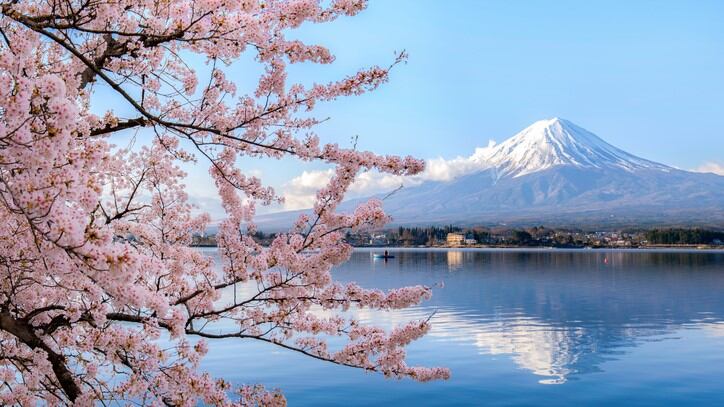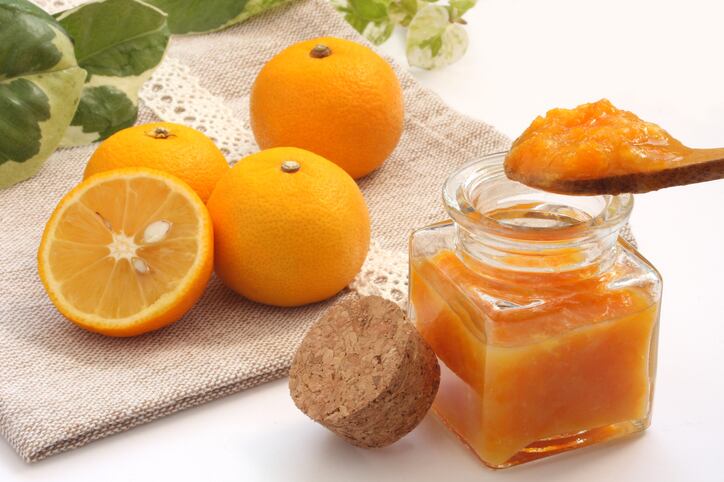1 –Japan’s hair care trends: Kao taps into demand for anti-ageing conditioners and more mild shampoos
Kao’s chemical division has created two new hair care solutions, which it believes taps into two of the most pressing demands from Japanese consumers – namely products with anti-ageing benefits and more mild properties.
Moe Yoshizawa, chemical business global, pharmaceuticals and toiletries, Kao Corporation, told CosmeticsDesign-Asia that its clients are increasingly asking for ingredients that can fulfil the demands of the anti-ageing hair care market.
Quartamin E-80K launched 10 years ago as a replacement for behentrimonium chloride (BTAC) but Kao’s new research shows that it is an effective ingredient for anti-ageing hair conditioner.
Yoshizawa explained that creating an anti-ageing hair conditioner could be complicated. “To make this hair conditioner, volume and smoothness is both needed, but it’s hard to fulfil both criteria because, for example, if you have smoothness, there is less volume.”
2 – Next big buzzword? Ichimaru Pharcos targets ‘skin thinning’ concerns in rapidly ageing Japan
Ichimaru Pharcos has developed an organic anti-ageing ingredient, SpringMint, to tackle skin thinning, which it believes is set to be one of the new buzzwords in the anti-ageing category.
Hayato Kotani, international leader for Ichimaru Pharcos told CosmeticsDesign-Asia that the anti-ageing category was an important in Japan due to its rapidly ageing population.
According to statistics from the Japanese government, those aged 65 years and above made up 27.7% of the population in 2017, marking a record high.
At this rate, Japan would age progressively faster compared to the US and European countries.
This would drive the demand for anti-ageing products, however, Kotani said this posed a challenge for cosmetic companies which now have to innovate to stand out from the crowd.
“There are many people looking for anti-ageing products and a lot of anti-ageing products. So we had to develop a new keyword and develop new science. We found this keyword by reading many publications and papers,” he said.
3 – Assessing ‘invisible’ damage: Kao develops a new method to quantify UV skin damage
Japanese firm Kao Corporation claims to have found a way to evaluate UV-induced skin damage by measuring ultraweak photons emitted from the body called biophotons.
According to the company’s Biological Science Research Division, the new evaluation method can assess skin damage one to three minutes after ultraviolet (UV) exposure.
Previously, UV damage was measured by assessing skin redness, or erythema, about a day after exposure to UV radiation.
“This novel method has the potential to become an advanced tool for detecting unintended skin damage and ultimately for developing more efficient technologies to protect the skin against UV,” said the company in a statement.
This research was first presented in April at the 9th Biennial Meeting of the Society for Free Radical Research-Asia in Kyoto, Japan.
4 – Croda Japan introduces eco-friendly super-refined oil for local market
Croda Japan sees global potential for SR Crodamol DNEO, an ingredient made in Japan and designed for the local consumers.
Keiko Tsushima, marketing associate, personal care, Croda, told CosmeticsDesign-Asia that the characteristics of SR Crodamol DNEO are ideal for the Japanese consumer.
“In Japan, summers are humid so light products with a smooth feel and low viscosity is desired among Japanese consumers. SR Crodamol DNEO provides a smooth and light veil on both skin and hair.”
Tsushima added that sustainability was another motivating factor which drove the company to create the ingredient.
“The raw material comes from a sustainable source and is eco-friendly. It is one of the key points of this ingredient.”
SR Crodamol DNEO utilises dibasic acid, an existing manufacturing by-product, as a starting material.
5 – Homecoming queen: Kao sets a date for Sensai’s return to Japan as it plans broader Asian expansion
Kao Corporation has revealed that its premium brand Sensai will be returning to Japan in September, with a China launch to follow in 2020, and then plans to expand it around Asia.
“To grow Sensai further as the flagship brand in the G11 range, Kao will be introducing the brand into the Japanese market in September 2019 before a Sensai debut in China in 2020 followed by an expansion of the brand throughout Asia,” said the company in a statement.
The Japanese personal care company confirmed that the first outlet will be located in the Isetan Department Store at Shinjuku. Following that, the brand will launch in Osaka with a counter in Hankyu Umeda Main Store in October.
By accelerating Sensai’s expansion in Asia and reinforcing portfolio of prestige beauty brands, Kao aims to increase its cosmetics sales to Y400bn ($3.69bn) and achieve an operating income ratio of 15% by 2025.





